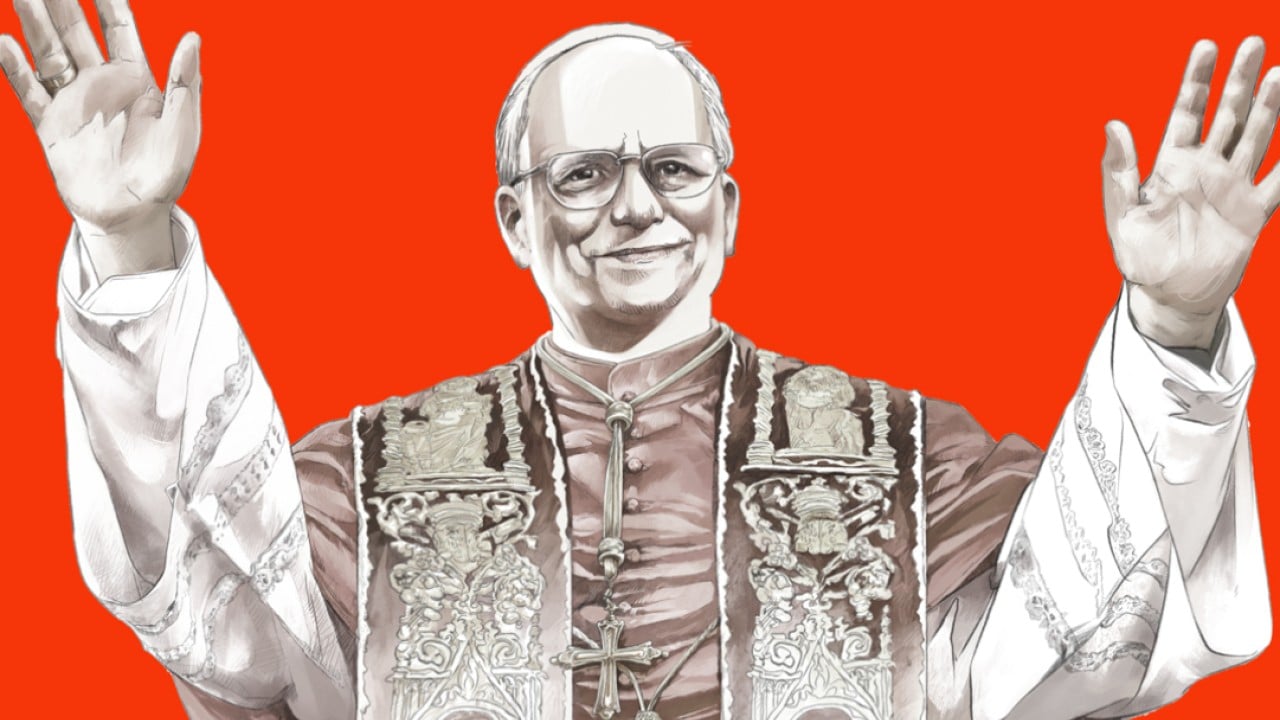Leo: what’s in a name?
Pope Leo XIV explained his choice of name reflected a commitment to social causes championed by Leo XIII, who
defended workers’ rights, according to the Vatican. Leo XIII, the last pope to bear the name, led the Catholic
Church from 1878 to 1903, during the Gilded Age and the Second Industrial Revolution.
Pope Leo XIV added that modern challenges, including a new Industrial Revolution and advancements in
artificial intelligence, required renewed efforts to uphold human dignity, justice and labour rights.
Traditionally, new popes have tended to choose the name of the pope who had elevated them to cardinal. The
most common names have been John (21 popes), Benedict, and Gregory (16 each).
Top 10 names chosen more often
Popes of the past 100 years
Who voted, and how?
Out of 252 College of Cardinals members, 135 were eligible to vote in the conclave (under 80 years old).
Ultimately, 133 cardinals participated in the vote, as two were excused due to health issues.
Electing a pope
Papal conclaves, excluding the first day with one ballot, involve two daily balloting sessions – two votes
each in the morning and afternoon – until a candidate achieves at least a two-thirds majority. Voting is
secret. Modern papal conclaves are typically short. The average length of the last 10 conclaves was 3.2 days
and none went on for more than five.
Pope Leo XIV was elected after four rounds of voting across two days.
The 2013 conclave that elected Pope Francis lasted two days, as did the 2005 conclave for Pope Benedict
XVI, although he needed just four ballots to reach the two-thirds majority, while Francis needed five.
The longest papal election in history was the conclave of 1268-1271. It lasted for two years, nine months
and two days before Pope Gregory X was elected. The October 1503 conclave for Pope Julius II was one of the
shortest, lasting only hours on the first day.
Sistine Chapel
The basilica, one of the largest churches in the world, is a jewel of Renaissance architecture and contains
the tomb of St Peter – the first pope.
Situated inside the Apostolic Palace in the Vatican, this 15th-century chapel is world-renowned for its
spectacular ceiling frescoes by Michelangelo.
Day two onwards
Two votes are held each morning and two in the afternoon. If no pope is chosen after 34 ballots, the
election is limited to the top two candidates, and a simple majority then decides the new pope.
Reaching a decision
A two-thirds majority plus one elects the pope. Inconclusive votes are signaled by black smoke; white smoke
and bells announce a successful election.

